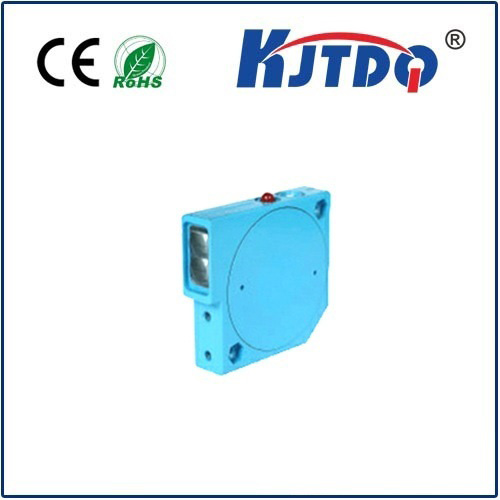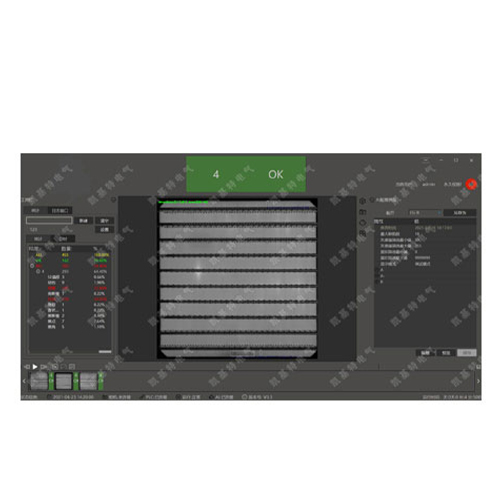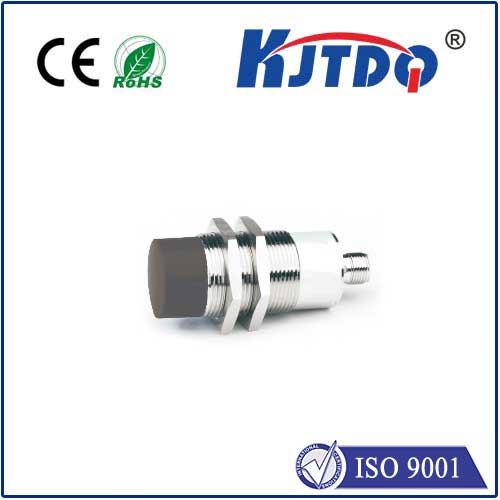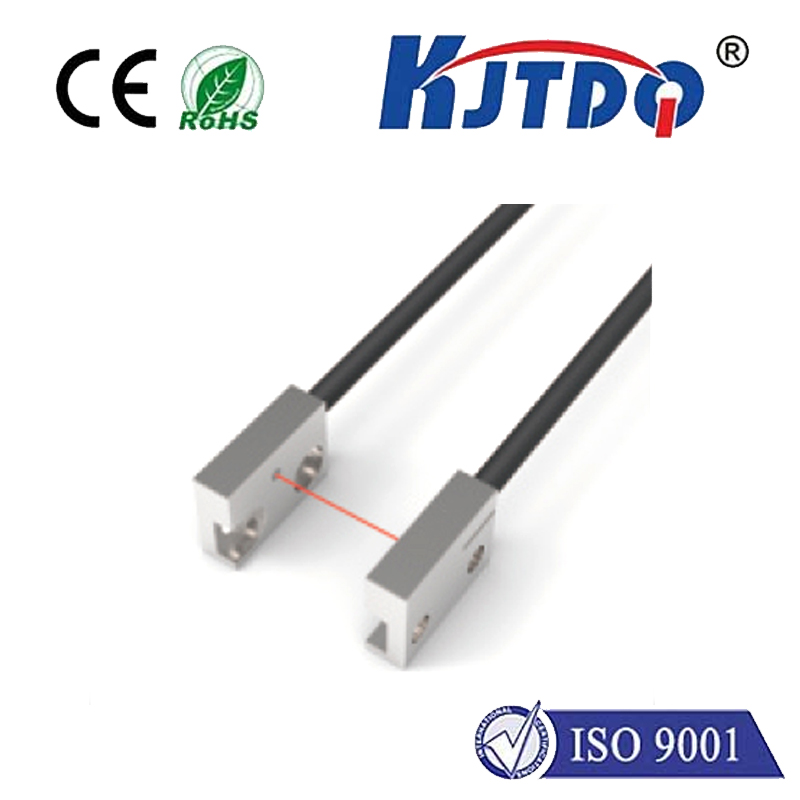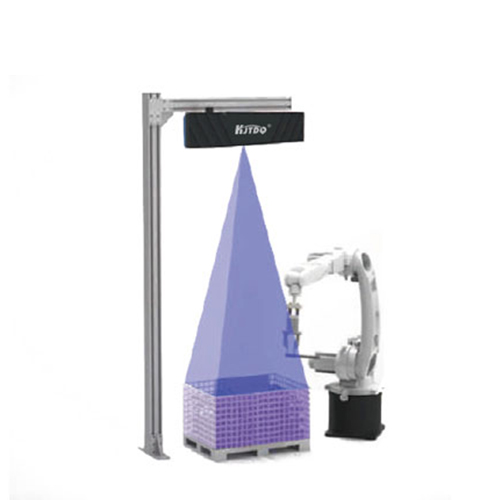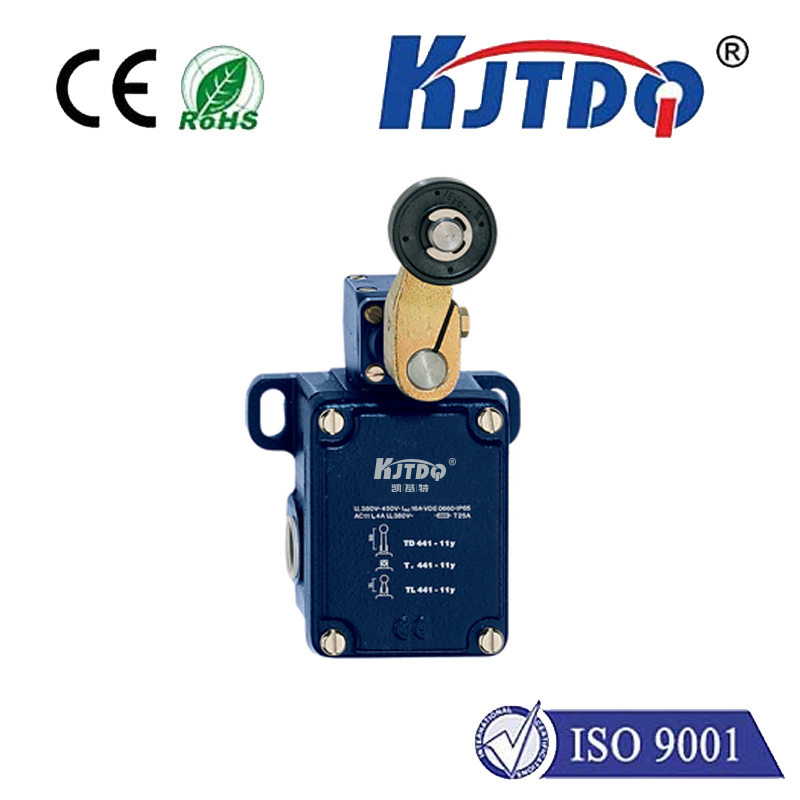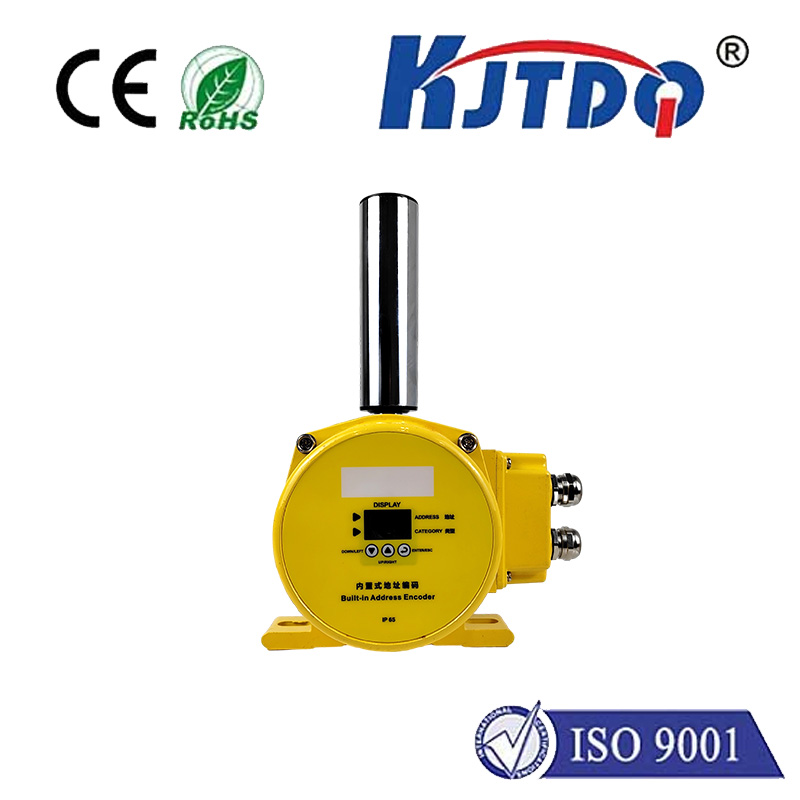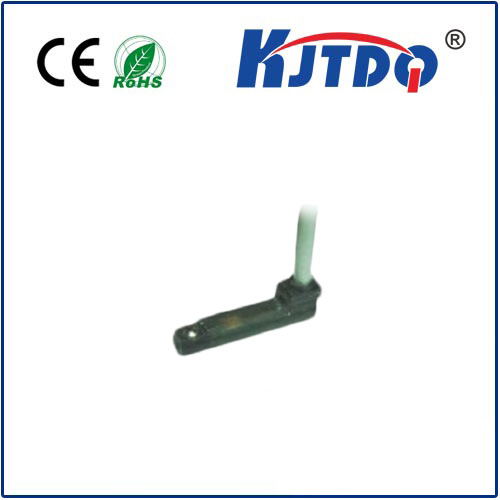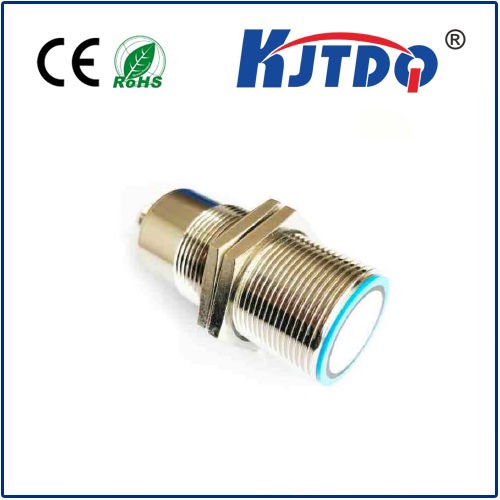термопластичный ограничитель
- time:2025-08-08 00:35:25
- Нажмите:0
What is a Thermoplastic Limit Switch? Unveiling Its Role in Industrial Safety and Control
Imagine a conveyor belt exceeding its intended stopping point, a robotic arm crashing past its safe range, or a heavy door slamming shut uncontrollably. Such scenarios spell disaster: damaged equipment, costly downtime, and, critically, serious safety hazards. Preventing these incidents is where the unassuming yet vital термопластичный ограничитель steps in as a fundamental guardian of industrial processes.
This article delves into the world of thermoplastic limit switches, explaining their function, construction, unique advantages, and the crucial role they play in modern automation and machinery safety.
Understanding the Core Function: Position Sensing
At its essence, a limit switch is an electro-mechanical device designed to detect the presence or absence of an object, or to monitor the limit of its movement. It acts as a sentinel, providing a simple electrical signal (typically opening or closing a circuit) when a physical actuator (like a lever, roller, or plunger) is triggered by the target object reaching a predefined position.
This signal is the critical input that tells a control system: “Stop!” “Start!” “Reverse Direction!” or “Proceed Safely Now.” They are ubiquitous in applications demanding precise positioning control and critical safety interlocks.

Why “Thermoplastic”? The Material Advantage
The key differentiator lies in the housing material: thermoplastic. Unlike traditional metal enclosures, these switches leverage engineered polymers like Nylon, Polycarbonate, Polypropylene, or Acetal (POM). This choice isn’t arbitrary; it imparts significant benefits tailored to challenging industrial environments:
- Superior Chemical Resistance: Thermoplastics inherently resist a wide range of oils, coolants, solvents, and cleaning chemicals prevalent in manufacturing plants, food processing, and chemical facilities far better than many metals, which can corrode or degrade. This extends the switch’s operational life where harsh fluids are unavoidable.
- Corrosion Immunity: In humid, wet, or salt-laden atmospheres (marine environments, washdown areas, outdoor installations), thermoplastic housings will not rust or corrode, ensuring long-term reliability without the need for special coatings.
- Electrical Insulation: The inherent non-conductive properties of thermoplastics provide excellent electrical isolation. This enhances operator safety by minimizing risks associated with electrical shorts, especially in complex machinery or damp conditions.
- Lightweight & Impact Resistant: Thermoplastic limit switches are generally lighter than their metal counterparts, easing installation. Many engineered polymers also offer impressive impact strength and resilience against knocks, vibrations, and accidental bumps common on busy factory floors.
- Cost-Effectiveness: Thermoplastic materials and molding processes often allow for more economical manufacturing compared to machining or casting complex metal enclosures, making thermoplastic limit switches a cost-efficient solution for widespread deployment.
- Sealing Potential: Thermoplastic housings can be effectively designed and sealed (using gaskets or overmolding) to achieve high levels of Ingress Protection (IP) ratings. This moisture-proofing is crucial for reliable operation in dusty, splash-prone, or high-pressure washdown environments.
How Does a Thermoplastic Limit Switch Work?
The core mechanism is straightforward:
- Actuator Engagement: A moving part (machine component, door, pallet, robot arm) physically contacts the actuator mechanism (lever, roller arm, plunger, whisker) of the limit switch.
- Internal Mechanism: This physical force moves the actuator, which in turn pivots or depresses an internal mechanism.
- Electrical Contact Change: The internal mechanism rapidly changes the state of electrical contacts inside the sealed thermoplastic housing. This typically means:
- Normally Open (NO) Contacts Close: Completing a circuit to signal “object present” or “limit reached.”
- Normally Closed (NC) Contacts Open: Breaking a circuit to signal “object absent” or “safe to proceed.”
- Signal Transmission: The change in contact state sends a signal (through connected wires) to the machine’s Programmable Logic Controller (PLC), relay system, or motor starter. This signal triggers the pre-programmed response – stopping motion, reversing direction, starting a sequence, or activating an alarm.
Key Applications: Where Reliability is Paramount
Thermoplastic limit switches find essential roles across countless industries:
- Перевозка материалов: Controlling conveyor belt travel limits, pallet positioning, gate openings/closings, stack height detection, and preventing overloads on cranes or lifts.
- Packaging Machinery: Ensuring cartons, bottles, or products are correctly positioned for filling, sealing, labeling, or boxing. Detecting jams or misfeeds.
- Промышленная автоматизация: Defining the start/end points for robotic arms, slide movements, linear actuators, and CNC machine axes. Providing safety door interlocks on machinery guards.
- Process Control: Monitoring valve positions, tank levels (as part of a float system), door statuses on ovens/freezers, and hatch positions.
- Access Control & Security: Detecting gate or door closure for security systems, elevator positioning, and barrier control.
- Food, Beverage & Pharmaceutical: Their chemical resistance and suitability for sanitary washes (achieving high IP69K ratings) make them ideal for environments requiring frequent cleaning with harsh detergents or steam.
- HVAC: Monitoring damper positions, filter status, or fan guards.
Advantages Summarized: Why Choose Thermoplastic?
Choosing a термопластичный ограничитель offers compelling benefits:
- Enhanced Durability in Harsh Environments: Resists corrosion and chemical attack where metal switches fail.
- Повышение безопасности: Excellent electrical insulation properties.
- Reliability in Wet/Dusty Conditions: Achieves high IP ratings for dust-tight and water-resistant operation.
- Lightweight Construction: Easier installation and mounting.
- Impact and Vibration Resistance: Withstands the knocks of industrial life.
- Cost Efficiency: Often a more economical solution for non-extreme temperature applications.
- Design Versatility: Thermoplastics allow for compact, complex housing shapes optimized for specific mounting or actuator needs.
Conclusion: An Essential Workhorse of Automation
The термопластичный ограничитель is far more than just a simple switch. It’s a robust, reliable, and cost-effective sensing solution engineered to thrive where others struggle. By leveraging the unique properties of tough polymers, these switches provide critical position feedback and safety interlocks, ensuring machinery operates within its intended bounds, protecting personnel, preventing damage, and maintaining smooth, efficient production flow across a vast spectrum of industries. When environmental factors like moisture, chemicals, or sanitation are concerns, the advantages of a thermoplastic limit switch become not just desirable, but often essential for dependable operation.

